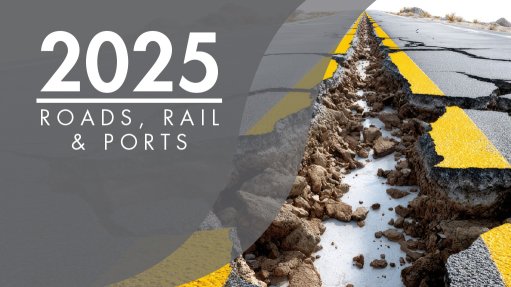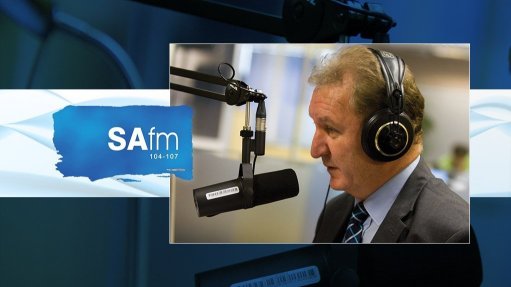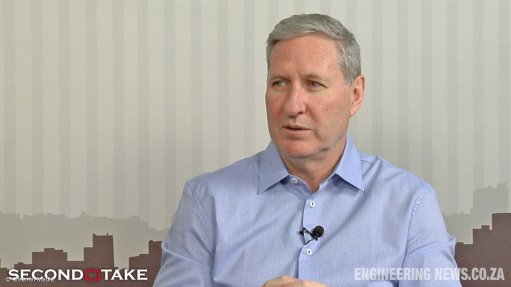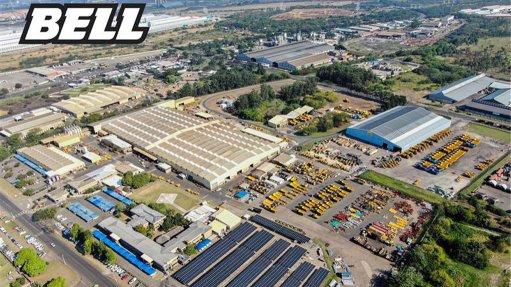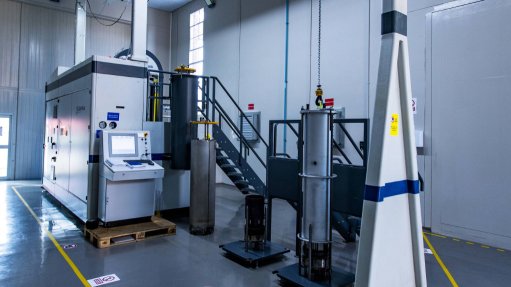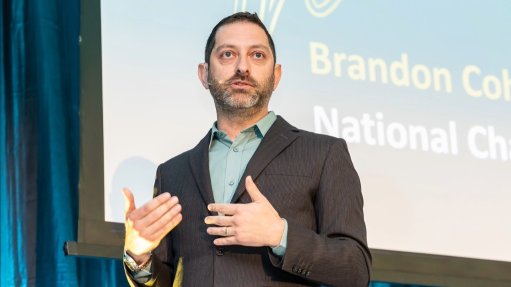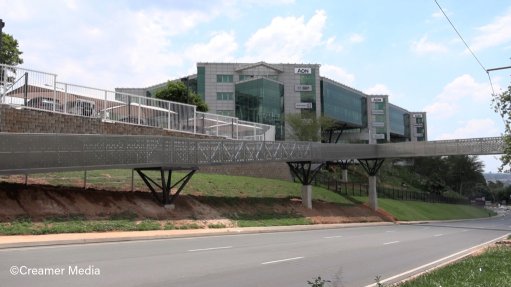Worries persist despite recent moves to overhaul air traffic entity




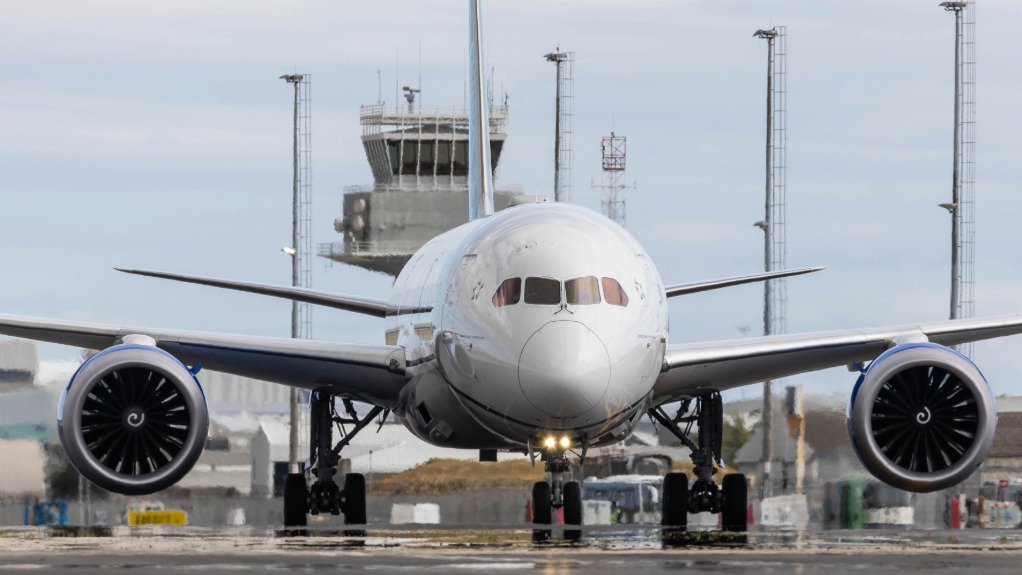
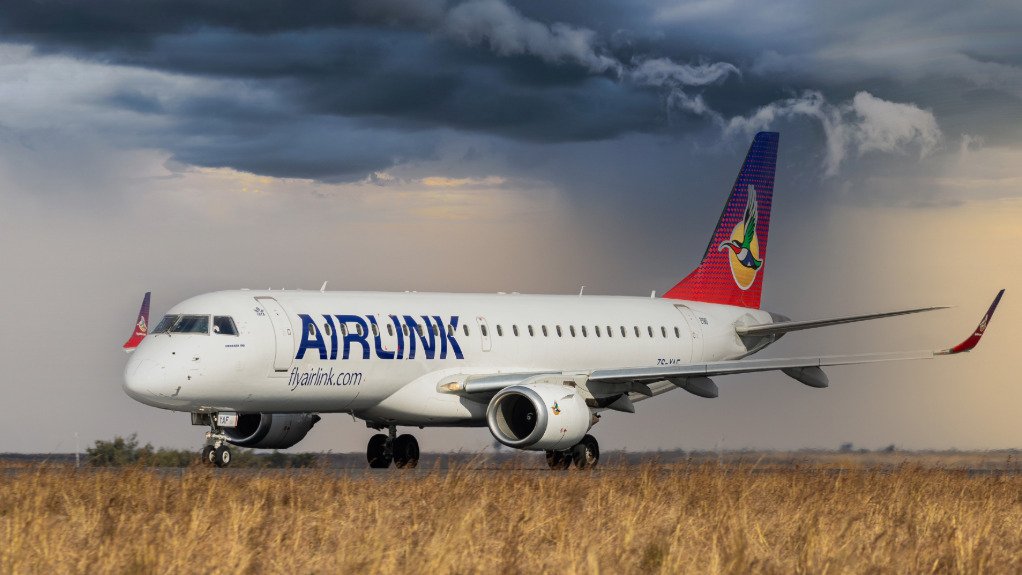
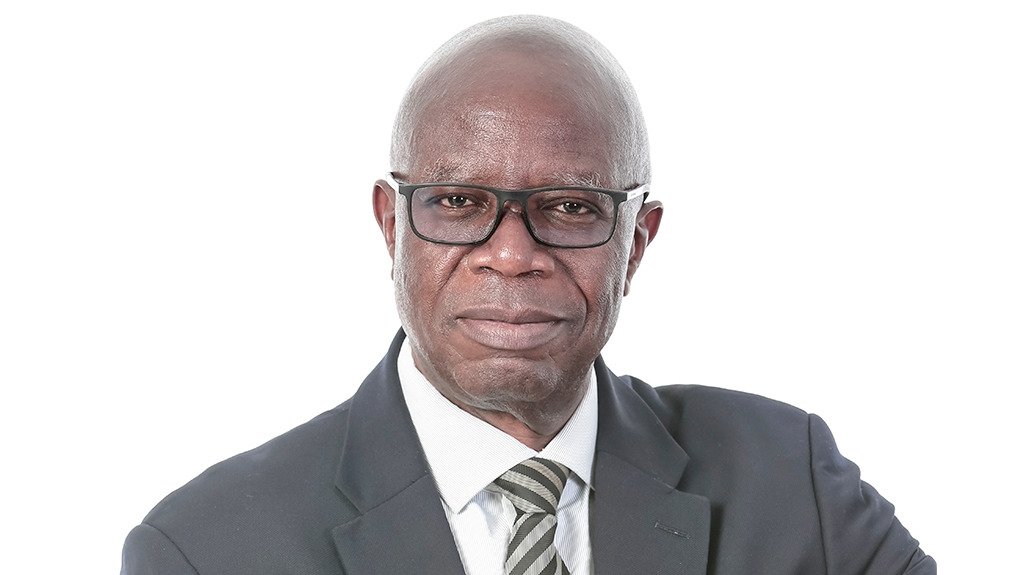
REDUCED DELAYS Better training and technology can lead to improved air traffic flow, thereby optimising arrival and departure sequences and significantly reducing flight delays
LINDEN BIRNS Ultimately, the ATNS crisis undermines South Africa's competitiveness as a dependable trade partner
FLIGHT PROCEDURE MAINTENANCE Ensuring the continued maintenance and availability of crucial instrument flight procedures at major airports is desperately needed to enable efficient operations in all weather conditions
IMPROVED COORDINATION Better air traffic flow management mechanisms facilitate better communication and information sharing between airspace users and air traffic controllers, which contributes to better system-wide decision-making
AARON MUNETSI To effectively address South Africa's air traffic control issues, there is an urgent and critical need to implement a comprehensive, inclusive stakeholder-driven strategy that includes embracing state-of-the-art technologies, such as AI processes
South Africa’s aviation sector faces a critical test as recent difficulties at State-owned Air Traffic and Navigation Services (ATNS) disrupt operations and cause delays, triggering safety warnings from industry experts.
Air traffic safety underpins airline performance, public trust and the country’s global standing, making indications of management and operational problems at ATNS extremely concerning.
Equally troubling is the reported exodus of experienced personnel. This, commentators warn, will need to be stemmed through comprehensive and proactive measures to prevent any further deterioration of safety standards, as well as to safeguard the integrity of South Africa’s aviation infrastructure.
Following Transport Minister Barbara Creecy’s decisive action to suspend former ATNS CEO Nozipho Mdawe and appoint an intervention team to stabilise ATNS, specialist aerospace communications company Plane Talking MD Linden Birns highlights that what remains to be seen is Creecy’s ability to keep all parties focused.
This will ensure that ATNS and the South African Civil Aviation Authority (SACAA) can find a better way of clearing the suspended instrument flight procedures (IFP) backlog without compromising the SACAA’s oversight integrity, he adds.
Despite Creecy appointing an experienced and knowledgeable intervention team to fix the problems at ATNS and stabilise the organisation, reinstating the IFPs, as well as filling vital skilled vacancies and modernising the infrastructure of ATNS – especially radar – cannot be done overnight.
IFPs are the aeronautical equivalent of annotated roadmaps, and they can be printed or displayed on digital charts.
“These illustrations and their accompanying words and codes tell pilots the altitudes, speeds, distances and headings their aircraft should fly at from take-off on a specific runway, to the top of a climb, then en route and again from the top of a descent to touchdown on a particular runway.
“They also include procedures for holding patterns, aborted approaches and emergencies.”
IFPs are fundamental to the operation of any flight, regardless of the type of aircraft operated and, as such, it is critical that they are restored to full functionality and, thereafter, maintained and kept up to date, says Airlines Association of Southern Africa (AASA) CEO Aaron Munetsi.
“As airlines, we would have a different view and posit that, instead of cancelling the flight procedures, ATNS should have been allowed to comply with the SACAA requirements for as long as they were actively updating the said procedures to remain compliant to safety standards.
“The cancellations that ensued caused airlines to cancel or divert flights at a huge cost that they would not be able to recover,” Munetsi states.
He adds that several operational options must be considered, because the “ultimate and non-negotiable objective” is to maintain the highest safety standards at all times.
Birns says the central focus should not be on asking the SACAA to do the work of ATNS, but to advise and guide ATNS so that when procedure reviews are submitted, they are in the required format, with the necessary information gathered in the stipulated way, and not simply returned for reworking, which is what was happening until earlier this year.
Air Traffic Controller Shortage
The exodus and shortage of air traffic controllers in Johannesburg – South Africa’s busiest airspace centre – frequently results in “flow control” to ensure that air traffic controllers are not overwhelmed.
This involves increasing the intervals between departing aircraft while controllers place arriving flights in holding patterns to create more space between aircraft approaching and landing.
Birns notes that this “creates havoc” for airlines and airports, both of which rely on their ability to maintain a measure of schedule integrity.
There is an immediate financial impact for airlines in that they incur additional cash operating costs for fuel and faster-than- scheduled aircraft maintenance in terms of additional engine maintenance and repairs.
One local airline has incurred over R100-million in unbudgeted fuel costs directly associated with delays and/or diversions stemming from the suspended IFPs and flow control, Munetsi says.
Airlines are also constrained in terms of looking after customers when flights are delayed or cancelled.
This is a twofold setback for airlines, as they do not have any recourse to recover these costs from ATNS, despite still being obliged to pay user charges to ATNS, including additional fees when flights are delayed, diverted or have to turn back.
There is also a broader economic impact on the businesses, towns and cities in which airports are located, and the country, as people and goods cannot reach markets on time.
“Items that must be temperature-controlled, such as pharmaceuticals and fresh produce, often perish, as flight delays compromise their cold chain storage,” Birns highlights.
“Similarly, automotive component suppliers struggle to meet just-in-time shipment obligations with the large original-equipment manufacturers.
“Ultimately, the ATNS crisis undermines South Africa’s competitiveness as a dependable trade partner.
“This erodes investor confidence and jeopardises jobs.”
Temporary alternative methods of compliance could be explored and used for the IFPs while they await their reviews, as they were all safe for use up until midnight on July 19, 2024, and had been for several years prior to that.
Therefore, with a rapid review to ensure that there are no new obstacles, they could be reinstated.
Further, Birns highlights that the South African Air Force has underused controllers who, if they have not already been seconded to ATNS, should be, as they could provide relief at less busy airspace centres, while the more experienced ATNS controllers can be redeployed to Johannesburg and Cape Town to alleviate the pressure.
“Similarly, there are some controllers who retired recently, but if they are fit – as with pilots, controllers are required to undergo yearly aviation medical and psychometric checks – why not rehire them on short-term contracts while new cohorts of trainee controllers are brought up to speed?”
The reality, Munetsi notes, is that the size of an airport, in relation to the number of aircraft movements, does not have any bearing on whether it should have up-to-date flight procedures or systems to facilitate effective and efficient air traffic control.
“The safety concerns are the same, and we are not about to let any of the identified shortcomings be ignored or left unattended simply because of the size of the airport.
“Airlines are paying for these services, and we will demand that they get the true value of the services for which they are paying.”
Despite recent concerns, he adds that the AASA has a “very professional relationship” with ATNS and that the association has always supported the development of the systems and/or processes implemented by ATNS to ensure that member airlines receive the best possible service and can operate flights at the highest levels of efficiency and safety.
“To effectively address South Africa’s air traffic control issues, there is an urgent and critical need to implement a comprehensive, inclusive stakeholder-driven strategy that includes embracing state-of-the-art technologies, such as AI processes,” Munetsi says.
“These interventions enable the entire aviation ecosystem to address broader aviation-sector requirements such as fuel security of supply, traffic forecasts, and passenger comfort,” he adds.
In the absence of these components it becomes challenging for the aviation industry to fully support South Africa’s economic development.
Engineering News & Mining Weekly approached ATNS for an update on the initiatives it was taking to address some of the difficulties that have been reported in recent months, but it said it would be premature to comment in the media.
Article Enquiry
Email Article
Save Article
Feedback
To advertise email advertising@creamermedia.co.za or click here
Comments
Press Office
Announcements
What's On
Subscribe to improve your user experience...
Option 1 (equivalent of R125 a month):
Receive a weekly copy of Creamer Media's Engineering News & Mining Weekly magazine
(print copy for those in South Africa and e-magazine for those outside of South Africa)
Receive daily email newsletters
Access to full search results
Access archive of magazine back copies
Access to Projects in Progress
Access to ONE Research Report of your choice in PDF format
Option 2 (equivalent of R375 a month):
All benefits from Option 1
PLUS
Access to Creamer Media's Research Channel Africa for ALL Research Reports, in PDF format, on various industrial and mining sectors
including Electricity; Water; Energy Transition; Hydrogen; Roads, Rail and Ports; Coal; Gold; Platinum; Battery Metals; etc.
Already a subscriber?
Forgotten your password?
Receive weekly copy of Creamer Media's Engineering News & Mining Weekly magazine (print copy for those in South Africa and e-magazine for those outside of South Africa)
➕
Recieve daily email newsletters
➕
Access to full search results
➕
Access archive of magazine back copies
➕
Access to Projects in Progress
➕
Access to ONE Research Report of your choice in PDF format
RESEARCH CHANNEL AFRICA
R4500 (equivalent of R375 a month)
SUBSCRIBEAll benefits from Option 1
➕
Access to Creamer Media's Research Channel Africa for ALL Research Reports on various industrial and mining sectors, in PDF format, including on:
Electricity
➕
Water
➕
Energy Transition
➕
Hydrogen
➕
Roads, Rail and Ports
➕
Coal
➕
Gold
➕
Platinum
➕
Battery Metals
➕
etc.
Receive all benefits from Option 1 or Option 2 delivered to numerous people at your company
➕
Multiple User names and Passwords for simultaneous log-ins
➕
Intranet integration access to all in your organisation











